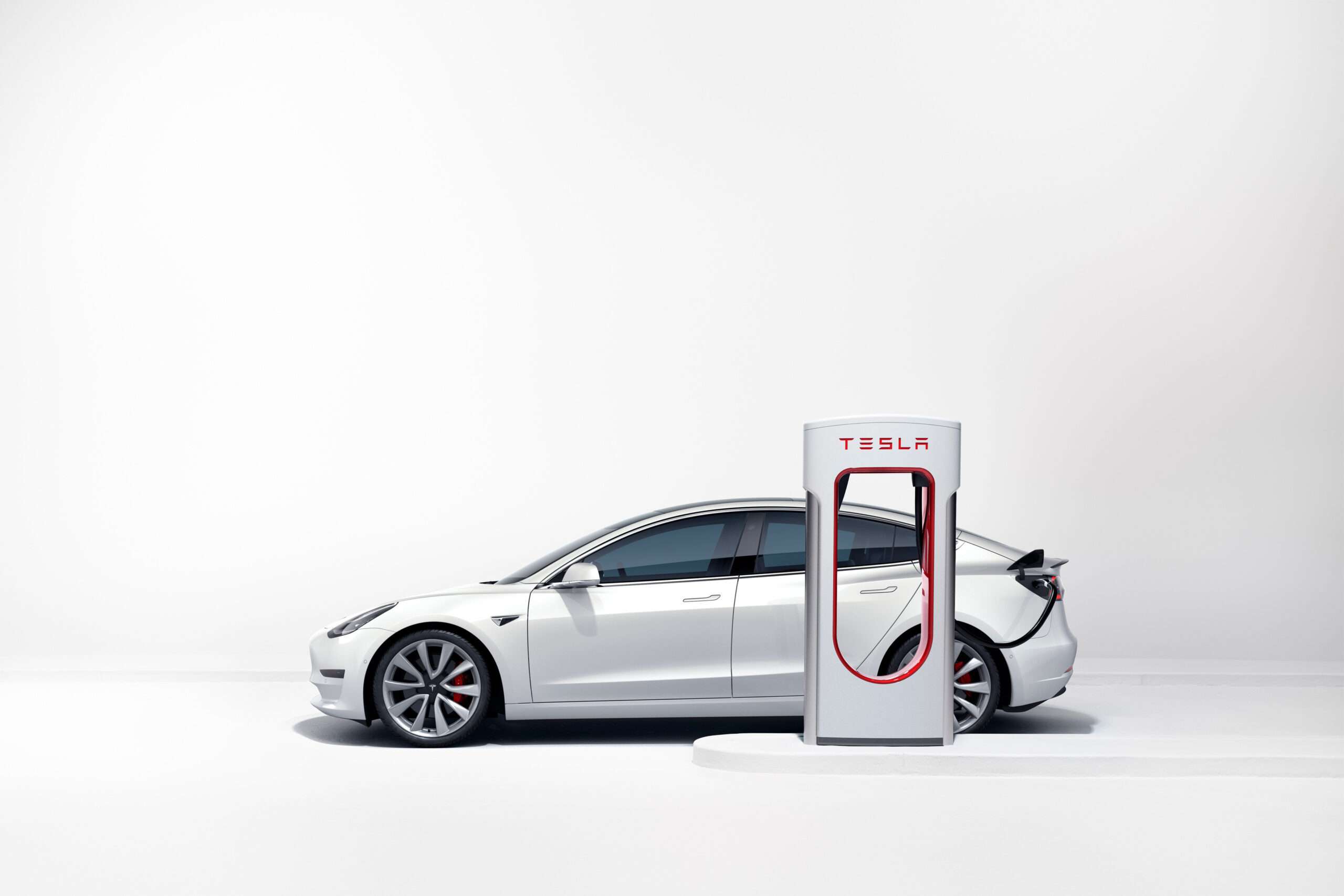In March 2022, Florida Power & Light announced a plan to install more than 1,000 electric vehicle charging stations in Southwest Florida. Gulfshore Business checked in with the company to see how its plans are coming—and if there are any barriers to adoption.
There are national companies building charging stations from Fort Myers to Naples, but PricewaterhouseCoopers said local power companies, such as FPL and Duke Energy, are in a unique position to fill the gap between the deployment of EV charging stations and mass EV adoption.
According to Crystal Stiles, FPL’s executive director of development for distributed technologies, the utility wants to build out an “extensive public charging network ecosystem” several ways.
Approach #1:
One way FPL hopes to build a regional charging infrastructure is by finding businesses and municipalities willing to host an EV charging station. The contract requires a commitment of at least a decade, but the power company builds and maintains the charging stations at “zero cost to the host,” Stiles says. “Any private entity that owns a parking lot can participate in this program; all we need is about four to five parking spaces to accommodate the equipment. We own and operate and maintain all the equipment for 10 years.”
The draw for the community: People can spend money during the half-hour or longer it takes to charge the car. Shopping centers and other locations are slowly accepting FPL’s invitation.
City Hall in Holmes Beach is host to an FPL charging station with six ports, said City Clerk Stacey Johnston. They were installed two years ago at no cost to the city. “Originally, they were for employees but residents use them, too,” she says. “They aren’t used a lot, only occasionally.”
There apparently is a demand for more charging ports at busier FPL-sponsored sites. The Tarpon Bay Plaza facility, 2433 Tarpon Bay Blvd. in Naples, is an eight-stall, 250kW station next to a Target Supercenter, Petsmart, Starbucks, Ross and other stores. Jennifer C. from Westbury, New York, left a review that reads, “Very busy place at 8 p.m. on a Tuesday as cars were waiting to use the charging stations. Please add more charging stations in this area.”
John D. of Titusville says of the Tesla Supercharger station, “Usually 12-18 minutes will give me enough to get home and finish charging overnight or to the next supercharger as needed.”
FPL spokesman Jason Lopez said the company has plans to launch charging stations at Paradise Shoppes of Estero, 21740 S. Tamiami Trail, and Alico Commons Dunkin’, 6970 Tamiami Trail, in 2024.
Approach #2:
Another method FPL is taking to expand the EV charging infrastructure is home-charging stations.
The installation process, which can take from two to three months, begins when the homeowner applies for a permit for a 240kV electrical connection. Lee County Electric Cooperative, for instance, requires the homeowner to submit an installation survey. Some homeowner associations ban home chargers. EV owners also must pay a licensed electrician to install the chargers, which cost between $350 and $800 uninstalled.
FPL offers to pull the permit, hire the electrician, provide the charger and do all the work for the homeowner. The program offers unlimited off-peak charging on weeknights and weekends for $38 a month, which includes the permit fees, Stiles said.
There are barriers to adoption there, too: FPL limits its home EV charger installation to homes with attached garages, she said.
“In a garage, you have connectivity close to the breaker panel,” she says. “You also need to have a strong Wi-Fi signal, because the farther away the garage is from the home, the less reliable the Wi-Fi signal.”
 Approach #3:
Approach #3:
The third method is convincing enterprises to adopt electric vehicle fleets and building an EV charging infrastructure. For example, FPL has installed public charging stations at the regional offices of the South Florida Water Management District and Florida Department of Transportation in Fort Myers.
So far, the company has signed up 2,000 home EV customers along Florida’s east coast and parts of Southwest Florida, and has built out more than 130 charging ports across 25 EV stations in Naples, Venice and other Gulf Coast communities.
Adoption and adaptation
Electric cars and trucks are not for everyone. The cars are expensive, and several people still aren’t convinced they can find a place to charge their cars on long trips.
According to a recent Autolist survey, 46% of those earning less than $30,000 a year say EVs’ upfront costs are a major hurdle to ownership. Although EV car sales have slowed along the Gulf Coast, that is considered a temporary condition. According to sales data from Experian Automotive AutoCount, Southwest Florida consumers bought only 74 of the vehicles in 2018, but the number rose to 3,649 just four years later.
The same data also showed that one-third of 3,104 buyers of EVs said the town or area where they live had no place to charge their vehicles.
That’s the point, Stiles said. “We are looking to install Level 3 fast-charging stations for the public so they can get from Naples to Fort Myers and home again easily,” she says. “This new technology requires charging stations in a variety of locations.”





